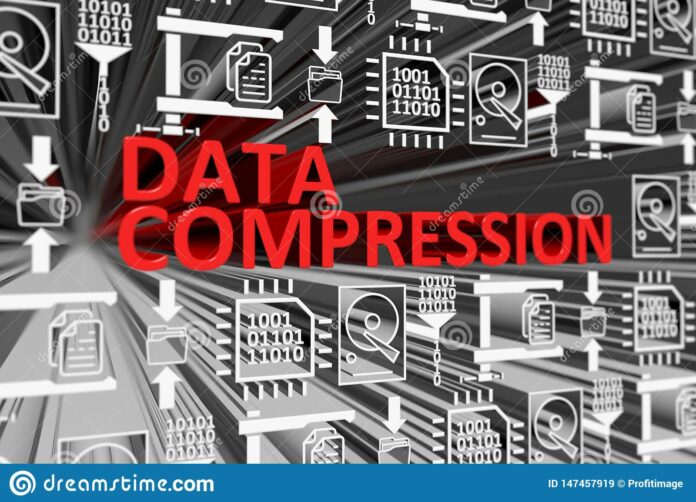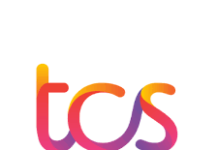Compression : Data Compression In The Technology
Data Compression In The Technology : File compression is the practice of packaging a file. Files to use less disk space.
The File Compression category includes software programs that will archive your files. Extract archived files such as ZIP and RAR files.
Many products in this category let you manage files and protect them with encryption.
Data Compression : Data Compression In The Technology
In signal processing, data compression, source coding, or bit-rate reduction involves encoding. Information using fewer bits than the original representation.
Compression can be either lossy or lossless. Lossless compression reduces bits by identifying and eliminating statistical redundancy.
Lossy DCT-Based Compression : Data Compression In The Technology
A discrete cosine transform (DCT) expresses a finite sequence of data points. In terms of a sum of cosine functions oscillating at different frequencies.
DCTs are important to numerous applications in science and engineering, from lossy compression of audio (e.g. MP3) and images (e.g. JPEG) (where small high-frequency components can discarded), to spectral methods for the numerical solution of partial differential equations.
The use of cosine rather than sine functions critical for compression, since it turns out (as described below) that fewer cosine functions needed to approximate a typical signal, whereas for differential equations the cosines express a particular choice of boundary conditions.
Compression Efficiency : Data Compression In The Technology
Compression ratio – (size of the original data) / (size of compressed data)
a.Positive compression if radio > 1; negative compression otherwise
Figure of Merit = (size of compression data) / (size of original data)
a.Reciprocal of compression ratio
JPEG
“Joint Photographic Expert Group”. An international standard in 1992.
JPEG is a lossy compression. Technique for color images.
Although it can reduce files sizes to about 5% of their normal size. Some detail lost in the compression.
ITU-T
The ITU Telecommunication Standardization Sector (ITU-T) is one of the three sectors (divisions or units) of the International Telecommunication Union (ITU); it coordinates standards for telecommunications.
The Video Coding Experts Group or Visual Coding Experts Group (VCEG) is the informal name of Question 6 (Visual coding) of Working Party 3 (Media coding) of Study Group 16 (Multimedia coding, systems and applications) of the ITU-T. Its abbreviated title is ITU-T Q.6/SG 16. It is responsible for standardization of the “H.26x” line of video coding standards, the “T.8xx” line of image coding standards, and related technologies.
H.261 (px64)
The basic approach to H.261 Compression summarized as follows:
H.261 Compression has specifically designed for video telecommunication applications:
a. Developed by CCITT in 1988-1990
b. Meant for videoconferencing, videotelephone applications over ISDN telephone lines.
c. Baseline ISDN is 64 kbits/sec, and integral multiples (px64)
We typically have a group of pictures – one I-frame followed by several P-frames – a group of pictures
Number of P-frames followed by each I-frame determines the size of GOP – can fixed or dynamic.
H.264
H.264 or MPEG-4 Part 10, Advanced Video Coding (MPEG-4 AVC) a video coding format that currently one of the most commonly used formats for the recording, compression, and distribution of video content.
MPEG
The Moving Picture Experts Group (MPEG) a working group of authorities that formed by ISO and IEC to set standards for audio and video compression and transmission.
MPEG compression is essentially an attempt to overcome some shortcomings of H.261 and JPEG: H.261 dependencies
Motion Compensation : Data Compression In The Technology
Uses the motion vectors. To compensate the picture.
Parts of a previous (or future) picture. Can reused in a subsequent picture.
Individual parts spatially compressed. JPEG type compression
Huffman Code : Data Compression In The Technology
In computer science and information theory, a Huffman code a particular type of optimal prefix code that commonly used for lossless data compression.
Hybrid Encoding : Data Compression In The Technology
A hybrid encoding method used to assemble the double-random phase-encoding. Technique and the binary encoding method.
Because the double-random phase-encoding technique is robust for noises. The binary encoding method is free of using external keys, the proposed hybrid encoding method has their advantages.
The hybrid encoding method first encodes a covert image to form a complex-number matrix by using the double-random phase-encoding technique. Where two random real-number matrices used to increase the security of the encoding work.
Then the elements of the two random real-number matrices and the elements of the complex-number. Matrix encoded to form a binary-bit string by using the binary encoding method.
Finally, the binary data in the binary-bit string encoded into a host image to form an overt image. With hidden information by using a gray-value modulation method. The decoding work is easy for authorized people, but it is very difficult for unauthorized people. Therefore, the proposed hybrid encoding method is a very useful encoding method.
CLICK HERE To Visit Our Website





